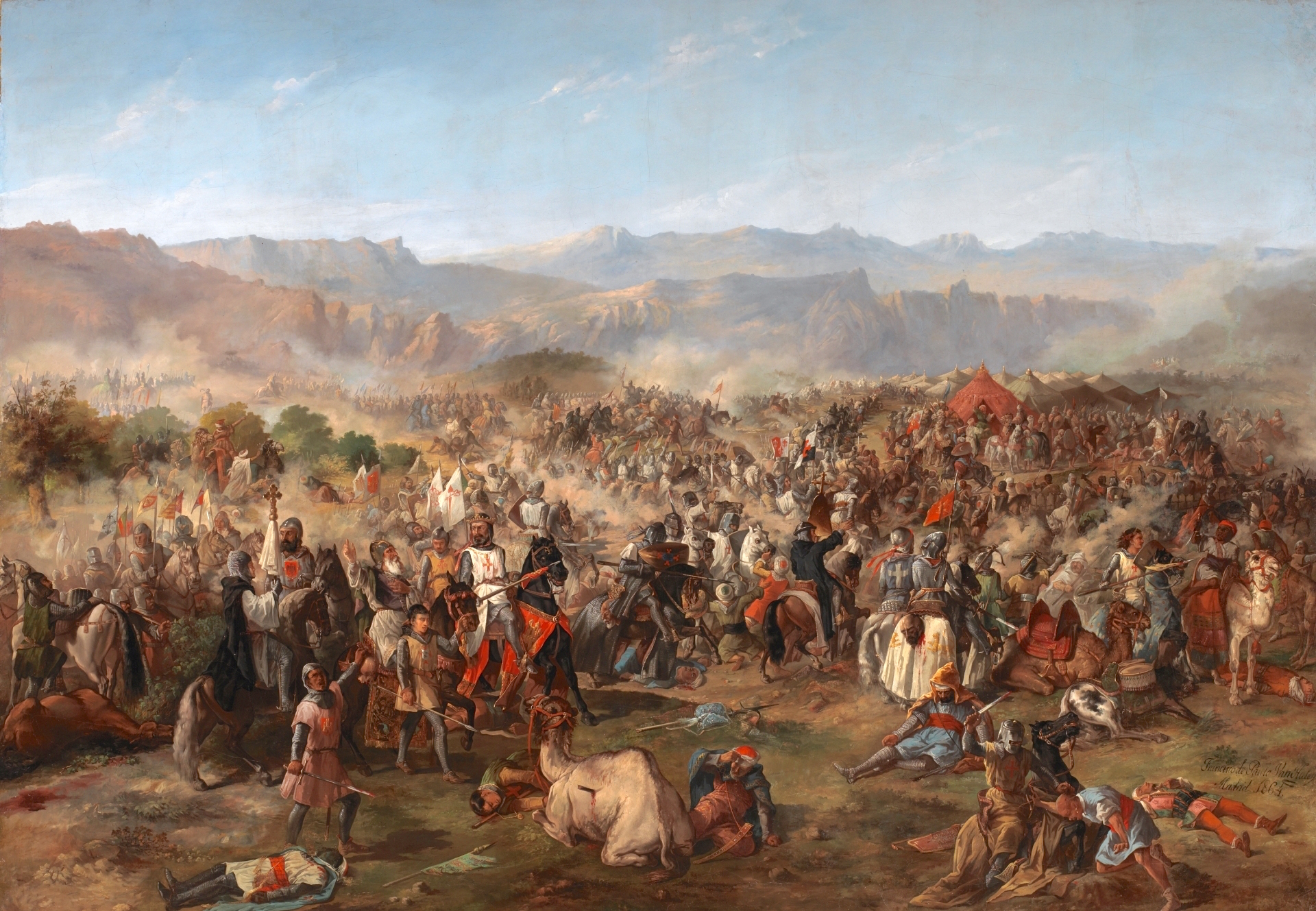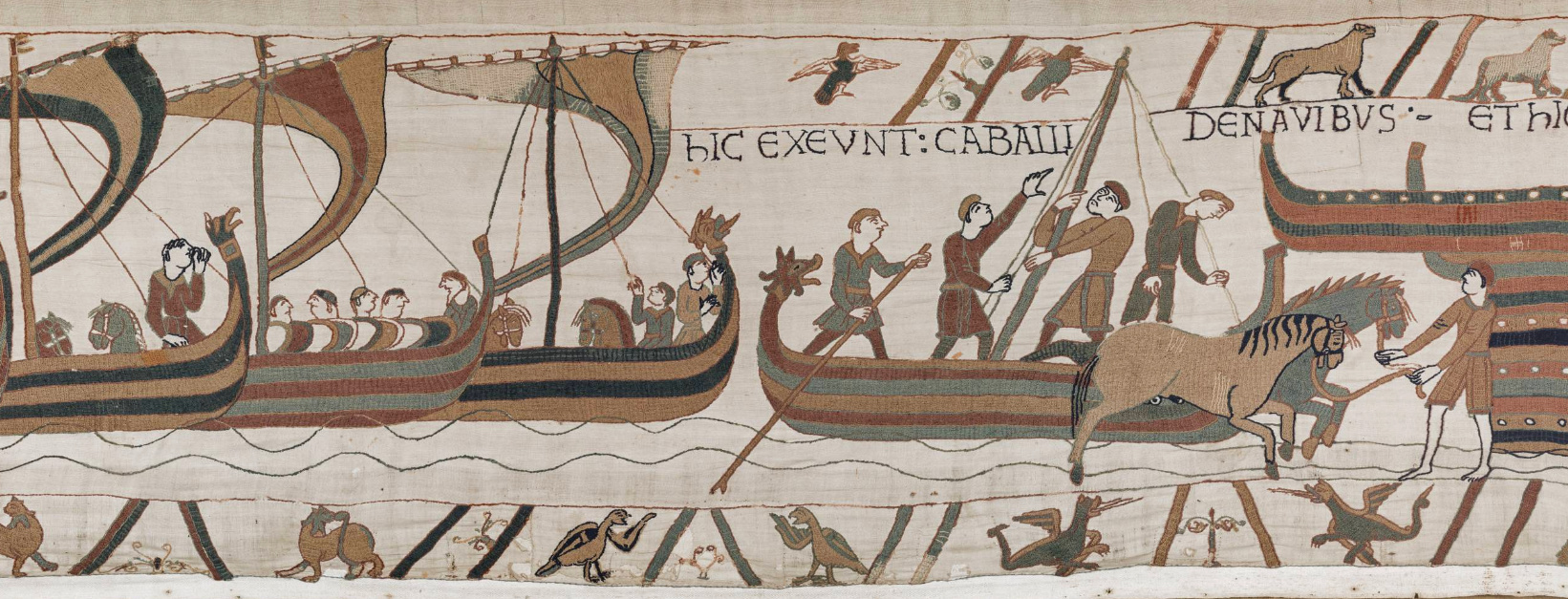Introduction
Who were the European rivals daring to challenge Spanish dominance in the uncharted territories of the Americas?
In the shadowy aftermath of the Black Death, Europe, a continent once steeped in medieval traditions, began to stir with newfound energy and ambition. From this crucible of change and adversity arose powers poised to challenge the vast expanses of an undiscovered world, primarily led by the Spaniards. As we transition from understanding the profound impacts of a pandemic on a continent, our gaze now shifts back toward the looming horizon of the New World.
The Age of Exploration beckoned, with it, tales of untold riches, mysterious lands, and the promise of empire. To comprehend the unfolding drama of colonial rivalries, we must first acquaint ourselves with the player of our game of chess.
As a reminder, in this post, we’ll gather some insights as it pertains to:
- Dreams of empire and trade fueled the ambitions of the indomitable British.
- The aspirations of the French were driven by tales of vast territories and the allure of the unknown.
- The undertakings of the pioneering Portuguese, ever in the shadow of their Iberian neighbours yet determined to carve their path.
- The endeavours of the Dutch, whose maritime prowess and commercial acumen posed a formidable challenge.
Join me as we traverse the intricate corridors of power, ambition, and rivalry, understanding the forces and factions that sought a piece of the vast New World pie.
Formation of European Powers
In the early medieval tapestry of Europe, local lords held sway in a decentralized feudal system. Yet, as centuries unfolded, monarchies began to centralize, casting these lords into the backdrop and laying the foundation for nation-states. This political shift was mirrored by the seismic Protestant Reformation in the 16th century, which reshaped religious beliefs and carved out distinct national identities.

Parallel to these spiritual and political evolutions, Europe’s economic heartbeat was quickening. As feudalism receded, urban centers burgeoned, creating a commerce-driven middle class. Their aspirations leaned towards monarchies, further bolstering the nation-state narrative.
But Europe wasn’t just a theatre of internal transformation. Wars like the Hundred Years’ War and dynastic tussles reshaped territories and solidified central authorities. As monarchies strengthened, cultural and linguistic cohesion emerged, aided immensely by the 15th-century innovation: the printing press.
Europe’s gaze, however, extended beyond its borders. The Age of Exploration saw European sails venturing into uncharted waters, and the subsequent colonies enriched and empowered these budding nation-states.
But how did these parties get a seat at the table? Let’s glimpse at each would-be nation-state’s journey to arrive at this juncture.
The European Tapestry Unfurled
The Spanish
In the wake of Rome’s decline, the Iberian Peninsula witnessed the rise of the Visigothic Kingdom, a power that spanned vast territories. However, by the early 8th century, the winds of change brought the Muslim forces, birthing the expansive region of Al-Andalus. This dominion was not to last, with the Reconquista campaign reaching its zenith in 1492, paving the way for the unification of Spain under the Catholic Monarchs.

The Portuguese
Much like Spain’s, Portugal’s tale is steeped in the legacies of the Suebi and Visigoths. The rise of the County of Portugal heralded strides towards autonomy, culminating in Portugal’s emergence as an independent entity after the Reconquista in 1179. The Portuguese spirit of exploration, championed by Prince Henry the Navigator, positioned Portugal at the exploration forefront. The Treaty of Tordesillas in 1494, negotiated with Spain, further solidified Portugal’s overseas ambitions, encompassing territories like Brazil.

The English
Post-Roman Britain echoed tales of Anglo-Saxon kingdoms, establishing the early roots of English identity. The landscape shifted with the Viking raids, leading to the establishment of the Danelaw. Yet, the most transformative moment came with the Norman Conquest of 1066, sewing the seeds of a unified English realm.

The French
The story of France is one of dynastic power and territorial ambition. The Merovingian and Carolingian dynasties sculpted the early chapters of French history, only to be disrupted by the Viking invasions and the birth of Normandy. However, it was under the Capetian dynasty that France truly began its journey of expansion and centralization.

The Dutch
The Dutch narrative begins with the Frisians, significant inhabitants of the Roman era. The region’s significance grew, eventually becoming part of the Holy Roman Empire. The Bishopric of Utrecht emerged as a focal point, both politically and ecclesiastically, in the early medieval Netherlands.
Challenging Spanish Dominance
In the shadows of the Spanish conquests, the European rivals began to stir, each with their vision of claiming a stake in the New World. With their penchant for privateering, the British often took to the Caribbean seas, challenging Spanish galleons and settlements. Icons like Sir Francis Drake became the face of this challenge with their audacious exploits against the Spanish. Concurrently, the English ambition found new grounds with colonies like Jamestown and Barbados.

The French, not to be left behind, made their presence felt with buccaneers operating from Tortuga, becoming a thorn in the Spanish side. Their ambition took a more formal shape with establishing colonies, Saint-Domingue being a prime example. With their formidable naval prowess, the Dutch often locked horns with the Spanish in the Caribbean. Their maritime expertise was fully displayed during battles like the Bay of Matanzas. They also broadened their horizons, establishing colonies like New Netherland and challenging the Spanish and Portuguese in far-off lands.
Speaking of the Portuguese, their ambitions often collided with the Spanish, especially in South America, leading to territorial disputes. But their influence wasn’t confined to the West. Their trade routes in the East presented a formidable challenge to Spanish dominance, highlighting the complexity of these European rivalries.

Conclusion
As the sun set on Europe recovering from the devastating effects of the Black Death, new horizons began to beckon its rejuvenated nations. The Age of Exploration was not merely an era of voyages and discoveries but a testament to human ambition, rivalry, and the quest for supremacy.
Spain may have led the charge, but the tapestry of colonization is replete with vibrant threads representing each European power’s aspirations and endeavours. Their intertwined tales of exploration, settlement, and confrontation have profoundly shaped the New World, leaving an indelible mark on the annals of history. As we reflect upon these dynamic forces and their interplay, one thing becomes abundantly clear: the Age of Exploration was as much about the journey as it was about the destination.
References
- undevicesimus. “Europe 1000 – The High Middle Ages.” DeviantArt, 9 August 2015, https://www.deviantart.com/undevicesimus/art/Europe-1000-The-High-Middle-Ages-553500427.
- Captivating History. “A Captivating Guide to the History of Europe.” YouTube, uploaded by Captivating History, Jan 27, 2022, https://youtu.be/GKW2LtvXiRc
- David Bates. William the Conqueror. Yale University Press, 2016.
- Georges Duby. France in the Middle Ages 987-1460: From Hugh Capet to Joan of Arc. Blackwell, 1991.
- A.H. de Oliveira Marques. History of Portugal. Columbia University Press, 1972.
- Jonathan Israel. The Dutch Republic: Its Rise, Greatness, and Fall 1477-1806. Clarendon Press, 1995.
- John Sugden. Sir Francis Drake. Barrie & Jenkins, 1990.
- Ramsay Cook. The Voyages of Jacques Cartier. University of Toronto Press, 1993.
- Charles R. Boxer. The Portuguese Seaborne Empire 1415–1825. Hutchinson, 1969.
- Charles R. Boxer. The Dutch Seaborne Empire 1600-1800. Hutchinson, 1965.